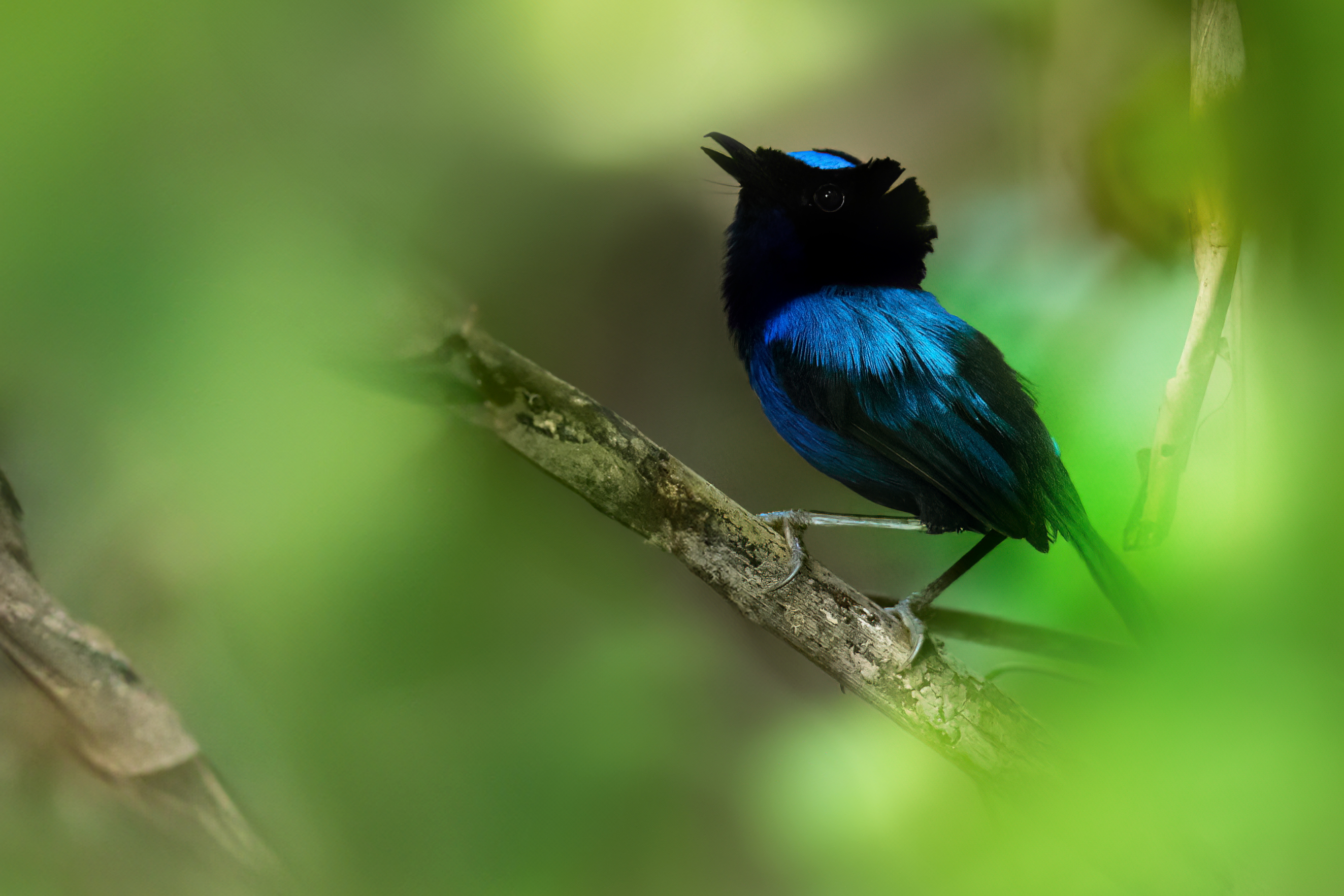|
Malurus
''Malurus'' is a genus of bird in the Australasian wren family, Maluridae. Taxonomy and systematics Extant species The following table reports the English names proposed for the twelve species recognised by the listing of the International Ornithologist Committee Former species Some authorities, either presently or formerly, recognize several additional species as belonging to the genus ''Malurus'' including: * Wallace's fairywren (as ''Malurus wallacei'' and ''Malurus wallacii'') * Broad-billed fairywren (as ''Malurus grayi'') * Campbell's fairywren (as ''Malurus campbelli'') References * Del Hoyo, J.; Elliot, A. & Christie D. (editors). (2007). ''Handbook of the Birds of the World The ''Handbook of the Birds of the World'' (HBW) is a multi-volume series produced by the Spanish publishing house Lynx Edicions in partnership with BirdLife International. It is the first handbook to cover every known living species of bird. ...''. Volume 12: Picathartes to Tits ... [...More Info...] [...Related Items...] OR: [Wikipedia] [Google] [Baidu] |
Purple-crowned Fairywren
The purple-crowned fairywren (''Malurus coronatus'') is a species of bird in the Australasian wren family, Maluridae. It is the largest of the eleven species in the genus '' Malurus'' and is endemic to northern Australia. The species name is derived from the Latin word meaning "crown", owing to the distinctive purple circle of crown feathers sported by breeding males. Genetic evidence shows that the purple-crowned fairywren is most closely related to the superb fairywren and splendid fairywren. Purple-crowned fairywrens can be distinguished from other fairywrens in northern Australia by the presence of cheek patches (either black in males or reddish-chocolate in females) and the deep blue colour of their perky tails. Like other fairywrens, the purple-crowned fairywren is socially monogamous. However, unlike other species in the genus, it is not sexually promiscuous and shows low rates of extra-pair paternity. However, females with related males as partners will mate with oth ... [...More Info...] [...Related Items...] OR: [Wikipedia] [Google] [Baidu] |

